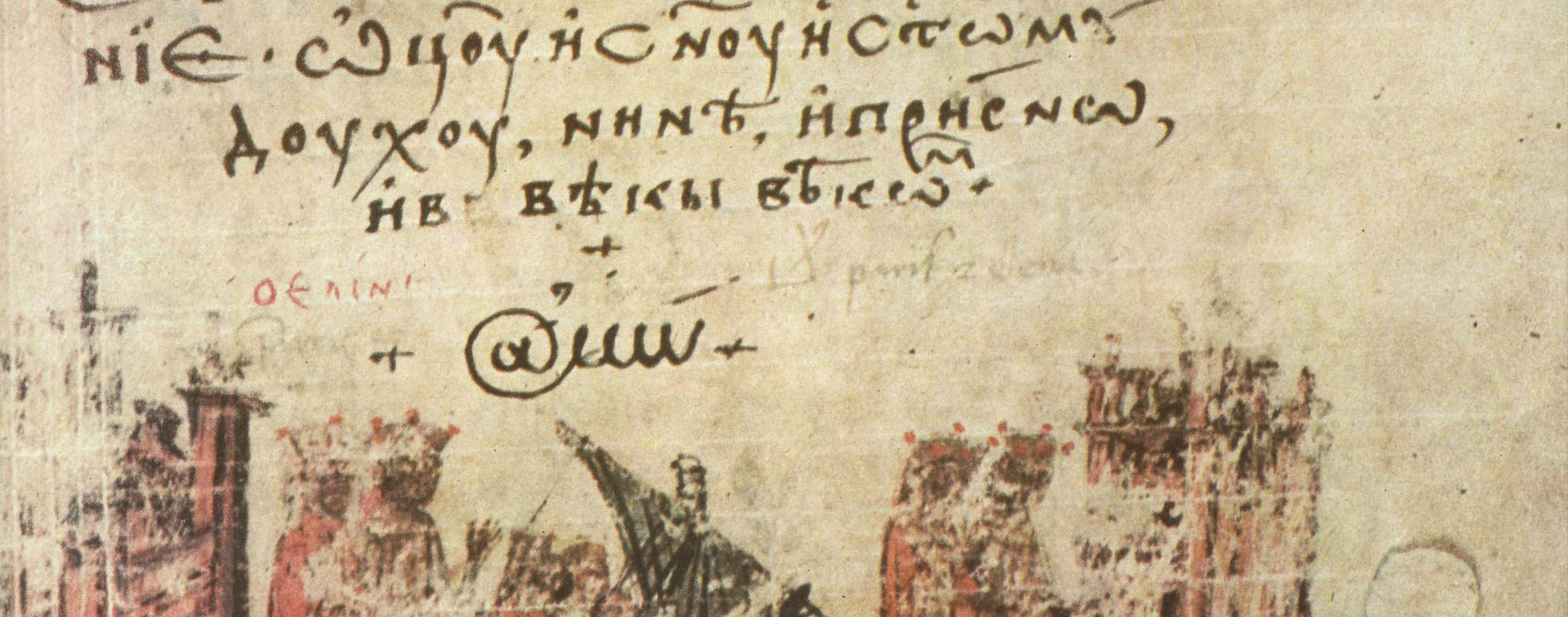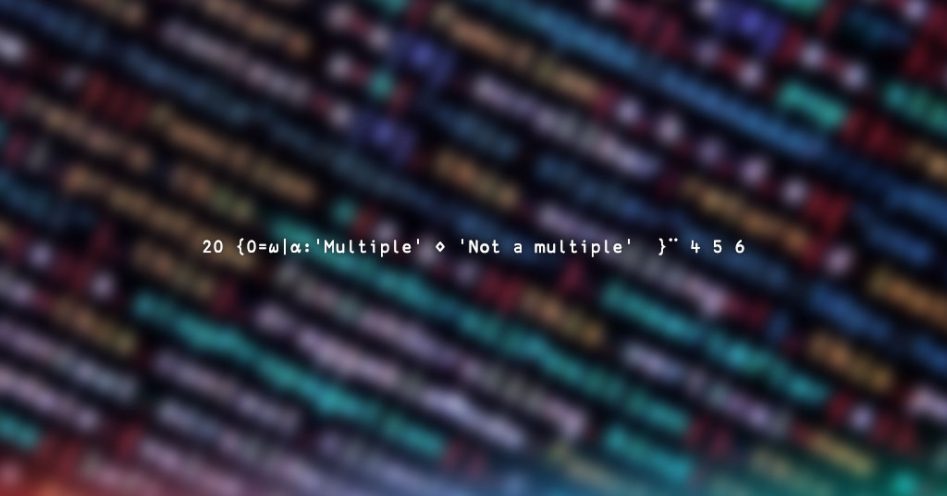Dyalog APL is known as being ‘That Language with 500 symbols’ and whilst there are not quite that many, it is fair to say that anyone new to APL will soon understand how important each symbol can be. Some symbols are quite clear in their use. Plus, for example (+) acts exactly as you would expect when used dyadically and adds two numbers together. Some symbols use their shape to spell the first letter of their primary use, for example Unique (∪) or Enlist (∊). A lot of the symbols are instantly recognizable such as the standard mathematics symbols (+ - = *) but some are less well known. So, join me in discovering the origins of some of APLs most historic symbols.
It’s all Greek to me
It should be no surprise to anyone that many of the symbols have Greek origins. A few of the more obvious ones are Alpha (⍺) and Omega (⍵). Respectively the beginning and the end of the Greek alphabet they act as the left and right arguments for dfns. The Greek alphabet originated around the 9th century BC and was used all the way up to the 6th century AD.
Some of the more popular modern-day symbols can also be found in old texts, an example being the At sign (@). The earliest found symbol in this shape can be found in a Bulgarian translation of a Greek text written by Constantinos Manasses in 1345 as a replacement for a capital A.

Why it was used in the context is unknown, but this was not the only time the @ symbol was used before modern times. It was commonly used in Spanish and Portuguese as to symbolise a unit of weight called arroba which was equivalent to 25 pounds.
Another commonly used symbol is the ampersand (&). This can be traced back to the first century AD where the letters E and T were combined to form a single glyph. The ampersand has gone through an evolution over time before it became the symbol that we are familiar with today.

Another fun fact is that the ampersand was regarded as the 27th letter of the English alphabet and was taught as such to children during the 19th century.
I find it very interesting how symbols from millennia ago are still being repurposed and brought back into the modern consciousness and I hope you also found this little exploration into the past somewhat informative.

Apprentice APL Developer
Sam was an apprentice APL Developer at Optima Systems. He has had a keen interest in computers since he was a child who loved playing video games on his family’s computer. After taking Maths, Further Maths and Computing during A-levels he attended the University of Sheffield doing Computer Science for two years.
